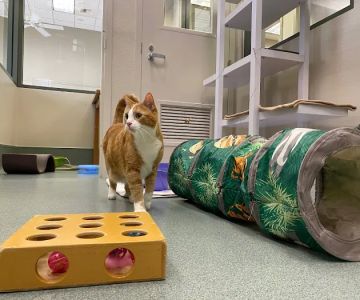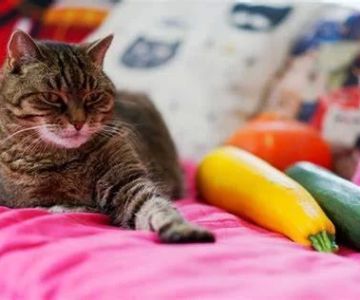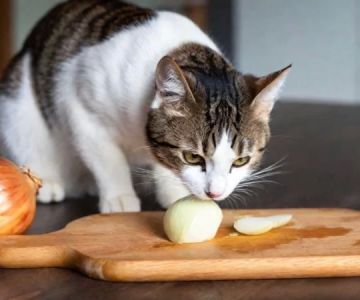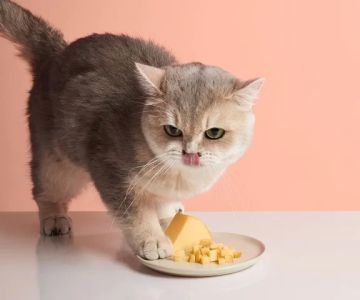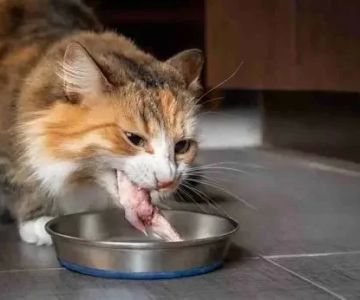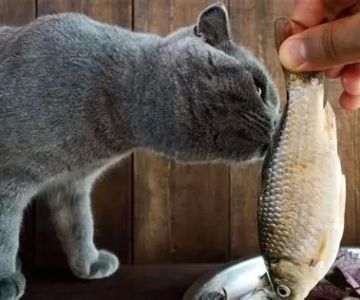What Vegetables Should Cats Avoid? A Guide to Safe and Unsafe Foods
- Why Vegetables Are Important for Cats
- Safe Vegetables for Cats
- Vegetables Cats Should Avoid
- How to Introduce Vegetables to Your Cat Safely
Cats are obligate carnivores, meaning their bodies are designed to thrive on a diet primarily made up of animal products. However, many pet owners are curious about the benefits of offering their feline friends vegetables. While some vegetables can be a healthy snack for your cat, it's important to know which ones are safe and which could be harmful. In this guide, we will explore which vegetables cats should avoid and which ones they can enjoy.
1. Why Vegetables Are Important for Cats
Even though cats are carnivores, they can benefit from certain vegetables in their diet. Vegetables can provide important vitamins, fiber, and minerals that may complement a cat's primarily meat-based diet. Some vegetables can help with digestion, maintain healthy skin and coat, and even support urinary tract health.
However, it's essential to remember that vegetables should only be an occasional treat and not a replacement for their protein-rich, animal-based diet. The right balance will keep your cat healthy and well-nourished. Below, we will discuss which vegetables are safe and beneficial for cats, as well as which ones should be avoided.
2. Safe Vegetables for Cats
Not all vegetables are harmful to cats. Some vegetables can provide nutritional benefits without causing any harm. Here are a few vegetables that are generally safe for your cat:
2.1 Carrots
Carrots are a safe and nutritious vegetable for cats in moderation. They are rich in fiber and beta-carotene, which can support your cat's overall health. Raw or cooked carrots are fine, but they should be cut into small, manageable pieces to prevent choking hazards.
2.2 Pumpkin
Pumpkin is another vegetable that can be beneficial for cats. It is high in fiber and can help with digestion. Many cat owners give their cats a small amount of plain, canned pumpkin (without any added spices or sugar) to relieve constipation or diarrhea.
2.3 Spinach
Spinach is safe for most cats in small quantities. It contains essential vitamins and minerals like vitamin A, vitamin K, and iron. However, if your cat has a history of urinary problems or kidney issues, it's best to consult your veterinarian before offering spinach, as it contains oxalates that can contribute to kidney stones in some cats.
2.4 Green Beans
Green beans are low in calories and rich in fiber, making them a great option for overweight cats. They can help your cat feel full and satisfied without adding unnecessary calories. You can serve green beans cooked or raw, but ensure they are cut into small pieces.
2.5 Zucchini
Zucchini is another cat-friendly vegetable that provides vitamins and hydration. It’s low in calories and can be a refreshing treat for your cat on a hot day. Just like green beans, make sure to cut zucchini into small pieces to prevent any choking risk.
3. Vegetables Cats Should Avoid
While some vegetables are safe for cats, others can be harmful or toxic. It’s essential to know which vegetables should never be offered to your feline friend. Below are some vegetables that should be avoided at all costs:
3.1 Onions
Onions, whether raw, cooked, or powdered, are toxic to cats. They contain compounds that can damage a cat's red blood cells, leading to hemolytic anemia. Even small amounts of onion can cause symptoms like lethargy, weakness, and vomiting. It’s best to avoid any foods containing onion in any form.
3.2 Garlic
Garlic, like onions, is highly toxic to cats. It contains thiosulfate, which can lead to similar health issues, including anemia. Garlic is even more potent than onions in some cases, so it's essential to keep it away from your cat.
3.3 Avocados
Although avocados are not a vegetable, they are commonly found in discussions about food safety for pets. Avocados contain persin, a substance that can be harmful to cats, causing vomiting and diarrhea. While it's more dangerous for some animals like birds and large animals, it's still best to avoid giving your cat avocado.
3.4 Rhubarb
Rhubarb leaves are toxic to cats due to the presence of oxalates. While the stalks are sometimes used in cooking, the leaves contain compounds that can cause kidney failure in cats. If your cat eats rhubarb leaves, seek immediate veterinary attention.
3.5 Tomatoes
Tomatoes, especially the green parts, contain solanine, a compound that can cause gastrointestinal distress, lethargy, and even poisoning in cats. Although a ripe tomato without the green parts may not be as harmful, it’s better to avoid giving your cat tomatoes altogether.
4. How to Introduce Vegetables to Your Cat Safely
If you decide to introduce vegetables into your cat's diet, it’s essential to do so gradually. Here’s how to introduce vegetables to your cat:
4.1 Start Slow
Begin with small amounts of safe vegetables and monitor your cat for any signs of digestive upset. Some cats may not enjoy the taste or texture of vegetables, so it's important to be patient and try different types.
4.2 Prepare Properly
Always wash vegetables thoroughly and cut them into small, manageable pieces to avoid choking hazards. You can cook or steam the vegetables lightly to make them easier to digest.
4.3 Watch for Reactions
Monitor your cat for any signs of allergic reactions or digestive issues, such as vomiting or diarrhea. If your cat experiences any adverse symptoms, stop feeding the vegetable and consult your veterinarian.
Incorporating the right vegetables into your cat's diet can offer various health benefits, but always make sure to avoid the harmful ones. If you're unsure about what’s safe for your cat, it's always a good idea to consult with your veterinarian.
For more information on pet health and nutrition, visit Hidden Brook Veterinary to explore our resources and products tailored for your furry friend.


